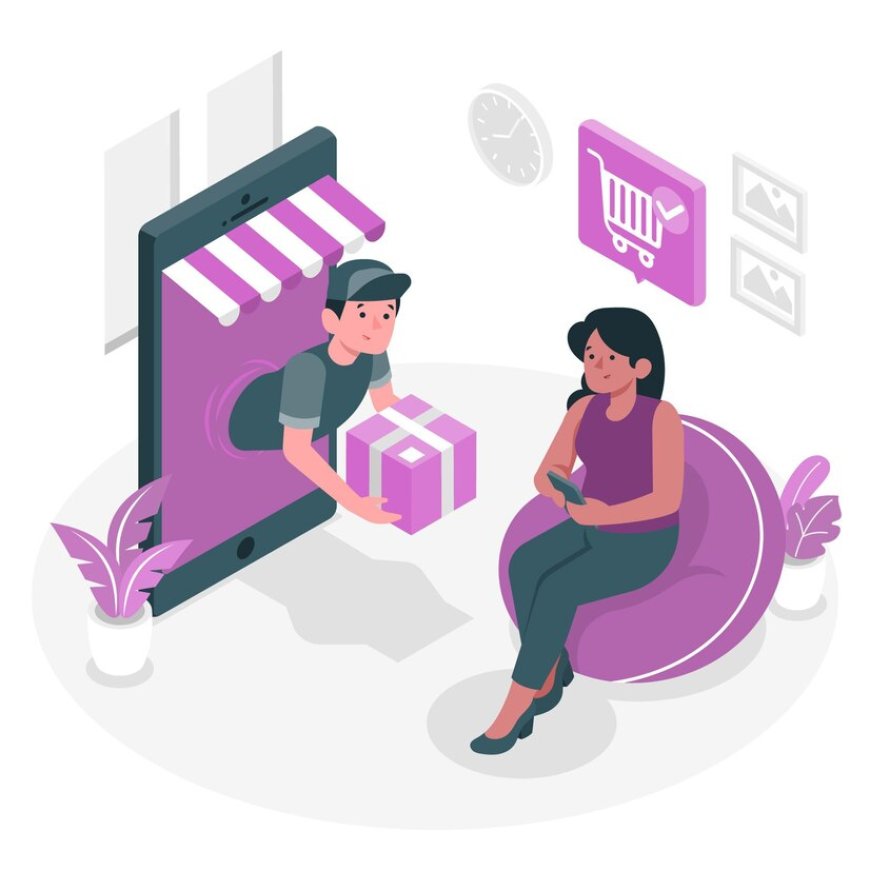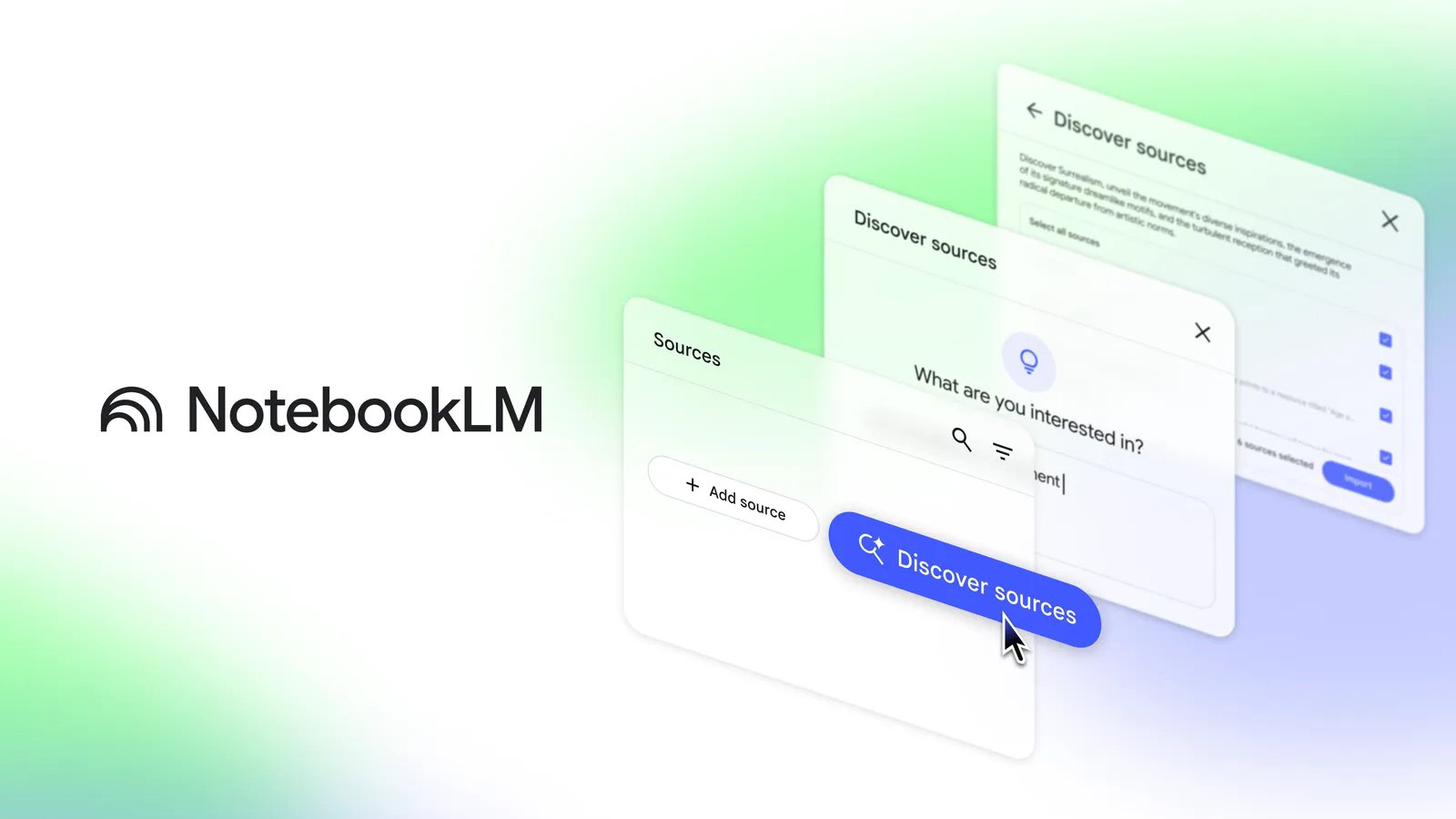A Comprehensive Guide to Creating a Peer-to-Peer Marketplace Platform

Peer-to-peer (P2P) marketplace systems have gained popularity as a result of the sharing economy's growth, revolutionizing how individuals exchange, buy, and sell products and services. Creating a P2P marketplace platform can be a challenging task, but this detailed guide will help you through every stage of the process, from ideation to launch and beyond.
1. Understanding the P2P Marketplace Concept
Buyers and sellers can interact directly through a P2P marketplace platform, eliminating the need for a conventional middleman. Uber for transportation, Airbnb for lodging, and eBay for products are a few examples. P2P solutions offer two main benefits: reduced costs for users and fast scalability.
2. Identifying Your Niche
To stand out in the crowded P2P marketplace landscape, it's crucial to identify and target a specific niche. Consider the following when selecting your niche:
-
Market Demand: Conduct market research to identify gaps in the current market and areas with high demand.
-
Target Audience: Understand the demographics, preferences, and pain points of your potential users.
-
Competition: Analyze existing platforms to identify their strengths and weaknesses, and find opportunities for differentiation.
3. Defining Your Value Proposition
Your value proposition is the unique benefit your platform offers to users. This could be in the form of:
-
Lower Fees: Offering lower transaction fees than competitors.
-
Enhanced Security: Providing robust security features to protect users' data and transactions.
-
Better User Experience: Designing an intuitive and seamless user interface.
-
Specialized Services: Catering to a specific niche with tailored features and services.
4. Choosing the Right Technology Stack
Selecting the right technology stack is essential for building a scalable, secure, and user-friendly platform. Here are some recommendations:
-
Frontend: React.js or Vue.js for a responsive and interactive user interface.
-
Backend: Node.js or Django for a robust and scalable backend.
-
Database: PostgreSQL or MongoDB for efficient data management.
-
Cloud Services: AWS, Google Cloud, or Azure for reliable cloud infrastructure.
-
Payment Integration: Stripe or PayPal for secure and flexible payment processing.
-
Blockchain Technology: Consider blockchain for added transparency and security in transactions.
5. Designing the User Experience
A seamless and intuitive user experience is critical for user retention and satisfaction. Key design principles include:
-
Simple Registration: Streamline the sign-up process with social media logins and minimal required information.
-
Advanced Search and Filters: Enable users to quickly find what they're looking for with robust search and filtering options.
-
Secure Payment Gateway: Ensure a smooth and secure payment process.
-
Ratings and Reviews: Allow users to rate and review their transactions to build trust and transparency.
-
Responsive Design: Optimize your platform for both web and mobile users.
6. Implementing Security Measures
Security is a top priority for P2P platforms. Implement the following measures to protect your users:
-
Identity Verification: Use KYC (Know Your Customer) processes to verify user identities.
-
SSL Encryption: Protect data transmitted between users and your platform with SSL encryption.
-
Secure Payment Processing: Use reputable payment processors to handle transactions.
-
Data Protection: Comply with data protection regulations like GDPR and CCPA to safeguard user information.
7. Marketing and User Acquisition
A strong marketing strategy is crucial for attracting users to your platform. Consider these approaches:
-
Content Marketing: Create valuable content that educates and engages your target audience.
-
Social Media Marketing: Leverage social media platforms to reach a wider audience.
-
Influencer Partnerships: Collaborate with influencers in your niche to build credibility and attract users.
-
SEO and SEM: Optimize your website for search engines and use targeted ads to drive traffic.
-
Referral Programs: Encourage existing users to refer new users with incentives.
8. Launching Your Platform
A successful launch requires careful planning and execution. Consider these steps:
-
Beta Testing: Launch a beta version of your platform to gather feedback and identify any issues.
-
Soft Launch: Start with a smaller, targeted audience to ensure everything runs smoothly before a wider rollout.
-
Promotional Campaigns: Use promotions, discounts, and other incentives to attract early adopters.
9. Post-Launch Maintenance and Growth
Once your platform is live, focus on maintenance and growth. Key activities include:
-
User Feedback: Continuously gather and act on user feedback to improve your platform.
-
Regular Updates: Release updates to fix bugs, add new features, and enhance the user experience.
-
Customer Support: Provide excellent customer support to address user issues and build trust.
-
Scalability: Ensure your platform can handle increased traffic and transactions as you grow.
Conclusion
From figuring out your niche to putting security measures in place and promoting your platform, building a profitable P2P marketplace platform involves a deliberate approach. You can create a platform that fulfills user demands and makes a name for itself in the crowded market by putting a strong emphasis on security, user experience, and ongoing development. To ensure long-term success, continue to innovate, be flexible, and pay attention to your users.
What's Your Reaction?
 Like
0
Like
0
 Dislike
0
Dislike
0
 Love
0
Love
0
 Funny
0
Funny
0
 Angry
0
Angry
0
 Sad
0
Sad
0
 Wow
0
Wow
0





















































